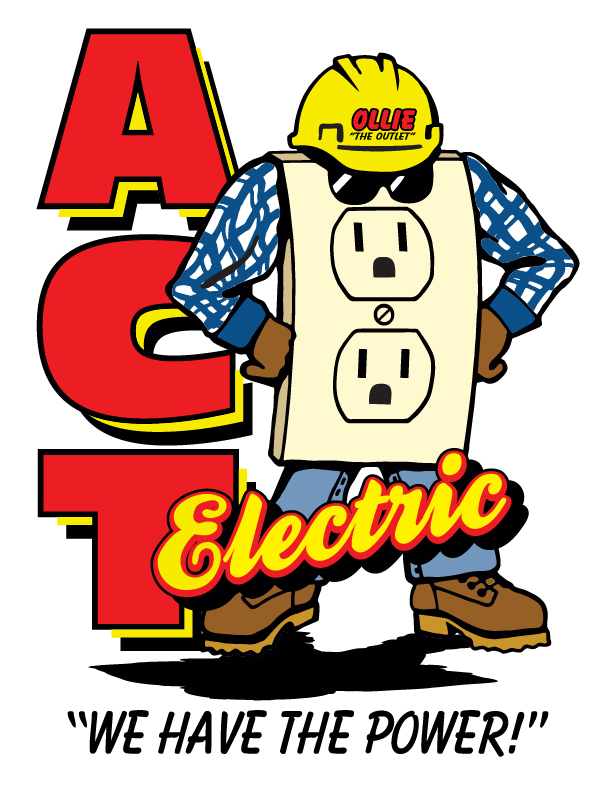Guide to Circuit Breaker Tripping
Overloads are the most common reason for circuit breakers tripping, as they have a limited capacity.
The circuit breaker tripping can be an aggravating experience. These switches protect the home's electrical system by interrupting the current during emergencies. Once a circuit breaker trips, homeowners must reset the power through the fuse box. However, constant tripping can be due to electrical problems and require professional expertise.
This article explores the details of circuit breaker tripping and how to solve the issue.
How a circuit breaker works
Home electrical systems can be overloaded with outer currents, causing short-circuiting and even electrical fires. The circuit breaker's job is to detect these faults and interrupt the current before a dangerous problem occurs. Think of them as built-in components that safeguard the home.
When more current is detected, the circuit breaker "trips" or shuts off with the help of a metallic strip that bends at higher temperatures. Let's discuss why a circuit breaker may trip.
Electrical overloads and circuit breaker tripping
Overloads are the most common reason for circuit breakers tripping, as they have a limited capacity. Once you exceed that capacity, the breaker will switch off.
This happens if homeowners have many light fixtures, appliances, and devices running simultaneously. This electrical energy strains the circuit breaker, causing it to overheat.
If this is a constant issue, homeowners might need to divide their devices through different circuits, as the demand is too much for the breaker. If the breaker doesn't switch off, homeowners might risk their appliances overheating and catching fire.
Short circuits and circuit breaker tripping
A short circuit occurs less often but is much more dangerous than an overload. A neutral wire may occasionally contact a live wire due to a loose connection or faulty wiring installation.
In these instances, resistance won't work, causing a sudden high-power current to shoot through the circuit. The circuit breaker overheats, causing it to trip to prevent electrical fires from breaking out.
Ground fault surges and circuit breaker tripping
Surges are just as dangerous as short circuits but happen whenever a live wire touches a copper ground wire. Such a connection creates an extra electrical flow, which can be too much for the circuit breaker to handle. Typically, this will happen around power outlets.
How to restore power after a circuit breaker trips
While some homeowners might need to restart power from the fuse box, it's important to do this safely. Homeowners should ensure the area is dry and also wear rubber-sole shoes. The fuse box will likely be in the basement or the garage. After identifying the turned-off breaker, one must switch it back on. If the problem reoccurs again, then it might be due to a more complex electrical system problem.
Solving circuit breaker tripping the right way
If a circuit breaker trips, homeowners must turn the power back on through the fuse box. These electrical elements are usually located in garages, basements, or underneath the stairs. However, electrical problems can be hazardous. Contacting professional electricians is better than attempting to solve these problems alone. Professionals will have the expertise, knowledge, and equipment to complete tasks safely.
ACT Electric is a full-service residential and commercial electrical contractor company specializing in electrical installation, repairs, and upgrades, electrical troubleshooting, electrical remodeling, electrical home inspection, and electrical retrofitting. We always prioritize customer comfort and safety. Give us a call at (480) 986-1722 today!

